Integrated pest management is the rational application of a combination of biological, biotechnological, chemical, physical, cultural or plant selection measures, in which the use of plant protection products is limited to what is strictly necessary to keep the presence of harmful organisms below the threshold at which economically unacceptable damage or loss occurs.
It is a decision-making process that seeks to prevent pest infestations by using a combination of strategies to achieve long-term results.
Integrated pest management aims to contain the damage caused by diseases (brown rot, root rot) and parasites (mirids and capsids) as well as weeds to levels that are economically acceptable in the context of local production, by prioritising the prevention of infestations, the use of suitable cultivation techniques that encourage biodiversity, the judicious use of genetic resources, and biological control before resorting to pesticides. Pesticides will only be used if no other solution is available or economically viable, and only if the risk to the consumer, the environment, biodiversity or the development of resistance is not excessive in relation to the expected "benefit" (improving health quality and/or increasing production).
Dans le cas spécifique du cacaoyer, les moyens agronomiques (réglage de l’ombrage, récolte sanitaire, taille des arbres) ; les moyens biologiques (introduction des ennemis de certains parasites) et en dernier recours les moyens chimiques sont mobilisés.
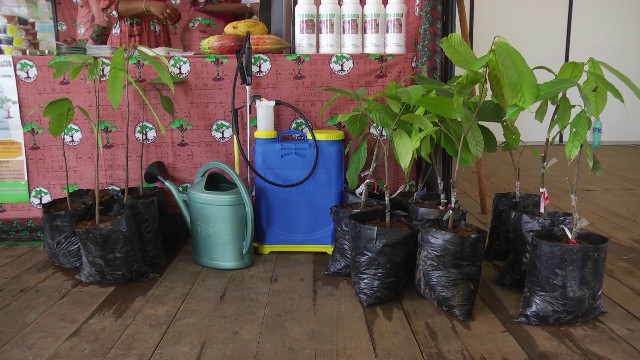
SODECAO's integrated pest management action plan is based on the principles set out in the table below:
| Principles | Expected result | Risks | Application |
| Develop, produce and distribute quality plant material | Quality seed is the foundation of sustainable cocoa production: "The right seed produces the right harvest". Varieties that are resistant or tolerant to brown rot, capsids, drought and are highly productive are invaluable. | Non-compliant variety Transmission of pathogens or pests | Use only seeds from SODECAO certified seed fields. Respect a maximum period of 72 hours between harvesting and sowing |
| Choose fertile soil and sites suitable for cocoa farming | The cocoa tree develops and competes effectively with weeds thanks to good soil and water management. | Polluted soil (ETM) Excess nitrogen Soil-borne pathogens Soil erosion | Select soils with good natural drainage, suitable for growing cocoa. Check soil history. Identify the plots. Always plant in weed-free fields. |
| Adopt good nursery practices and respect hygiene | Les plants vigoureux une fois transférés en champ se comportent bien pendant la phase de croissance et de développement | Transmission de parasites via le matériel végétal, le sol et les outils de travail | Désinfecter le terreau avant de l’utiliser en pépinière Établir les pépinières dans un sol exempt de ravageurs/ maladies pour favoriser le développement des plantules. Recouvrir le sol avec un paillis de feuilles de neem ou d’herbe sèche. greffer, de façon hygiénique, uniquement le matériel sélectionné́ et exempt de ravageurs/maladies. Analyser le sol des pépinières. |
| Adopter les écartements et les dispositifs adéquats de plantation | Too high a density hinders the development of the crop and, by creating a damp environment, encourages the appearance of brown rot. Row planting saves seeds and makes agricultural operations such as weeding and harvesting easier. Intercropping reduces insect pressure and guarantees yields. | Create favourable conditions for the development of parasites | Plant in rows, with appropriate spacing (3 mX3 m), to avoid excessive population density. Intercropping (plantain) is practiced in alternating rows. Sow or plant perpendicular to the slope. Respect the contour lines. |
| Adopt good soil conservation practices | Poor soils are enriched to stimulate the growth and development of healthy crops and achieve high yields. Green waste is recycled. Fertiliser is used efficiently and economically. | Excess nitrates polluting soil and water. Heavy metals in uncontrolled composts | Cover the soil with mulch and amend with compost or organic fertilizer. If necessary, rectify the nutrient balance with mineral fertilizers to enrich low-fertility soils. Split fertilizer inputs, particularly nitrogen, to better meet crop needs |
| Adopt appropriate water management practices | The growth and development of the crop are not compromised by lack of water; in addition, the plants do not suffer from asphyxiation. Less fungal diseases. | Contaminated water (nitrates, pesticides, heavy metals, human and plant pathogens) | In irrigated farming, irrigate plants regularly but only when necessary. |
| Inspect the farms regularly | Regular farm inspections help in detecting the problems and the necessary integrated pest management measures to be implemented in order to prevent further damage and, consequently, major yield losses. Healthy harvest with few treatments. | Development of parasites. Need to treat, resulting in residues. Quarantine organisms present. | Inspect the farms every week to monitor plant growth and development, and monitor the evolution of associated populations. Quickly detect the appearance of pests, diseases and weeds. Decide which cultivation operations to carry out. |
| Keep the farms in perfect condition propres | These measures prevent the proliferation of pests and diseases and their passage from one season to the next. Pests and diseases cannot spread to the whole farm. Healthy harvest with few treatments. | Development of parasites. Need to treat more often, resulting in residues. | Do healthy harvesting. Clear the plantations of cocoa shells, which can be vectors for the spread of disease. |
| Effective pest and disease control | Pest and disease problems are contained, allowing high and sustainable production, with a minimum of costly and environmentally dangerous inputs. | Presence of residues. Use of unauthorized products. Non-compliance with GAP. Phytotoxicity | Implementation. Adopt a strategy for preventing pests and preserving populations of beneficial insects. Give priority to the least harmful methods for humans, crops and the environment. Favour mechanical or natural methods. Where necessary, apply the appropriate product, using the required technique and complying with Good Agricultural Practices (recommended dose, stage, pre-harvest interval, maximum number of treatments, authorised formulation, volume/ha). |
| Minimise the use of chemical pesticides | The sparing use of selective chemical pesticides allows auxiliary populations (predatory ants, spiders, mantids and ladybirds, for example) to develop to the detriment of pests. Less resistance from pests. No residues. | Residues > MRL in the case of repeated and systematic treatments. Development of resistance. | Avoid the systematic and regular application of pesticides. Where necessary, only use selective pesticides. Favour alternative methods and products. Always analyse the agro-ecosystem before deciding on any treatment. |


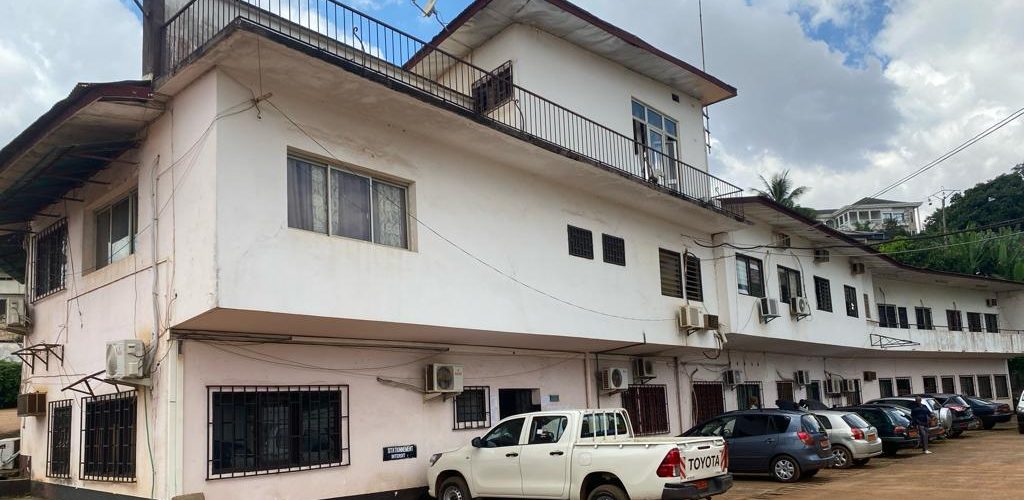
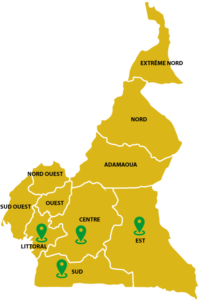
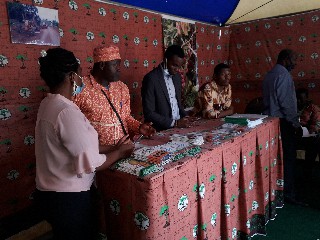
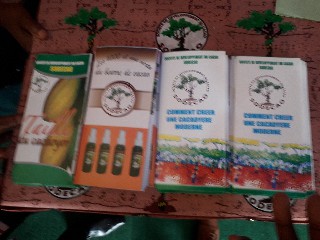
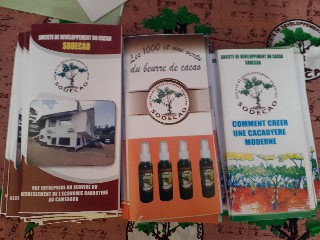
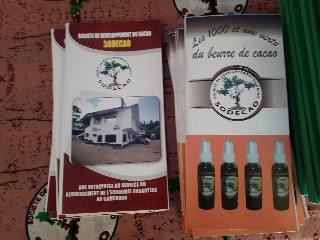
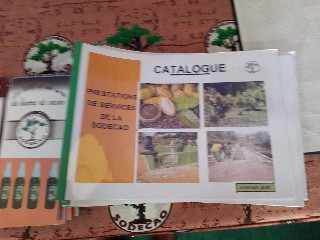
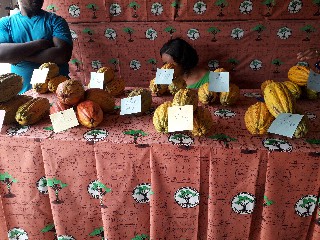
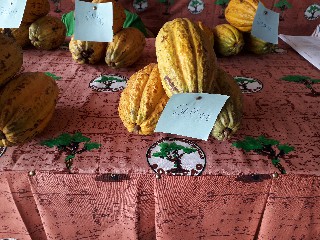
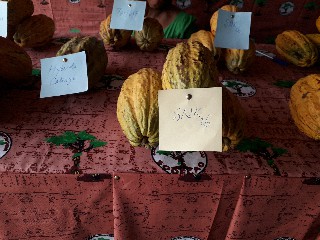
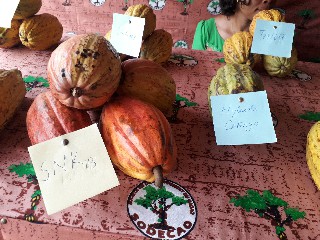
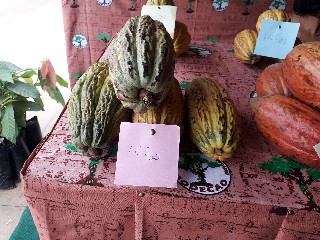
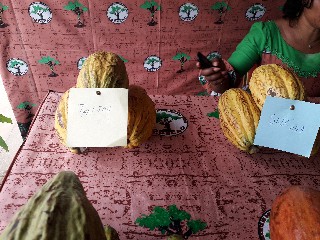
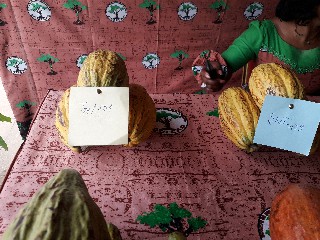
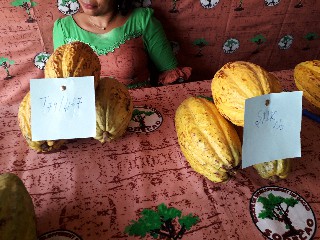
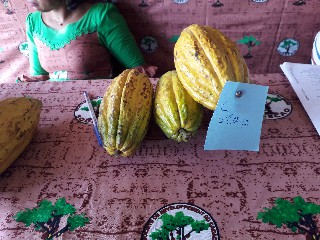
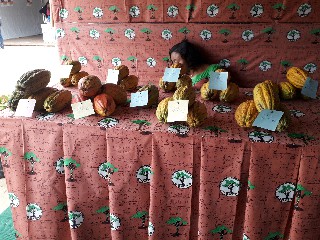
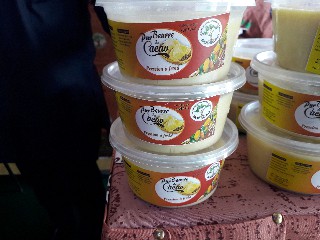
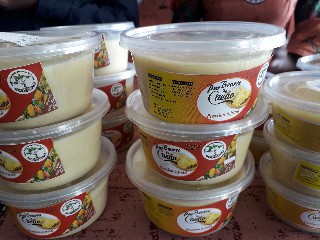
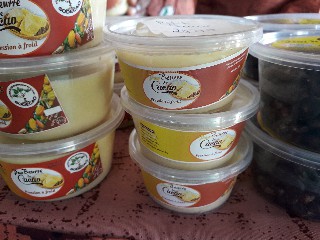
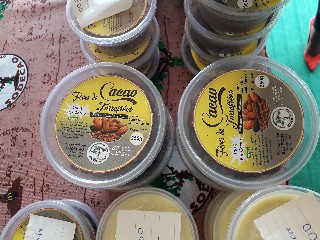
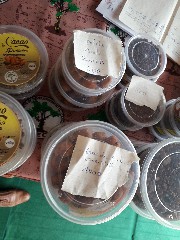
Recent Comments